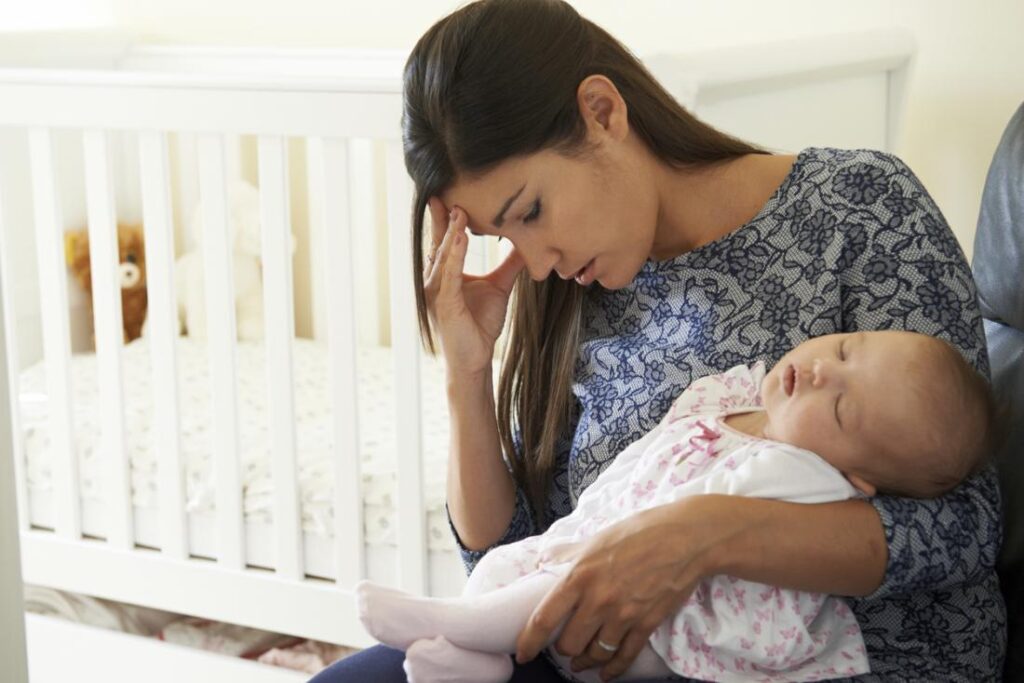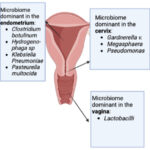Postpartum depression (PPD) is a serious mental health condition that affects mothers following childbirth. Distinguished from the more transient “baby blues,” postpartum depression can impair daily functioning, hinder maternal-infant bonding, and negatively affect the entire family dynamic. Addressing this condition with evidence-based interventions is essential for long-term emotional well-being and healthy infant development.

What Is Postpartum Depression?
Postpartum depression is a mood disorder that typically arises within the first few weeks to months after giving birth. Unlike temporary mood swings common in the immediate postpartum period, PPD is characterized by persistent sadness, anxiety, and fatigue that can interfere with a mother’s ability to care for herself and her baby.
Distinguishing Between Baby Blues and Postpartum Depression
| Symptom Category | Baby Blues | Postpartum Depression |
|---|---|---|
| Onset | 2–4 days after delivery | Within 2–8 weeks postpartum |
| Duration | Up to 2 weeks | Weeks to several months |
| Mood Swings | Mild and self-limiting | Severe and persistent |
| Functioning Impact | Minimal | Significant daily impairment |
| Treatment Required | Rarely | Often necessary |
Causes and Risk Factors of Postpartum Depression
Biological Factors
- Hormonal Changes: The sudden drop in estrogen and progesterone levels after childbirth may trigger depressive symptoms.
- Thyroid Dysregulation: Postpartum thyroiditis can mimic or contribute to depressive symptoms.
Psychological Factors
- History of Depression or Anxiety: A prior mental health diagnosis increases the risk.
- Birth Trauma: Unexpected cesarean section, neonatal complications, or delivery-related complications may contribute to emotional distress.
Environmental and Social Factors
- Lack of Support: Limited emotional or practical help from family and partner.
- Stressful Life Events: Financial insecurity, relationship issues, or returning to work prematurely.
Recognizing the Symptoms of Postpartum Depression
Key signs include:
- Persistent sadness, emptiness, or hopelessness
- Severe anxiety or panic attacks
- Irritability or anger outbursts
- Withdrawal from family, friends, or the baby
- Difficulty bonding with the infant
- Insomnia or excessive sleeping
- Appetite changes and significant weight fluctuation
- Feelings of worthlessness, shame, or guilt
- Thoughts of self-harm or harming the baby (requires immediate medical attention)
Postpartum Depression Diagnosis and Screening
Routine screening for PPD is essential in postpartum care. Tools include:
- Edinburgh Postnatal Depression Scale (EPDS): A 10-question screening tool assessing depressive symptoms.
- Postpartum Depression Screening Scale (PDSS): More comprehensive, often used in clinical settings.
- DSM-5 Criteria: Used by psychiatrists for formal diagnosis.
Treatment Options for Postpartum Depression
1. Psychotherapy
Cognitive Behavioral Therapy (CBT):
Focuses on identifying and restructuring negative thought patterns.
Interpersonal Therapy (IPT):
Targets relationship stressors and role transitions common after childbirth.
2. Medication
Antidepressants:
SSRIs like sertraline and paroxetine are commonly prescribed and considered safe for breastfeeding mothers under medical guidance.
Brexanolone:
FDA-approved for moderate to severe PPD, administered via IV in a clinical setting.
3. Support Groups and Peer Counseling
Community-based or online postpartum support groups provide validation and shared coping strategies.
Lifestyle and Preventive Strategies for Postpartum Depression
Sleep Hygiene
Prioritizing rest—even in short intervals—can significantly reduce mood instability.
Nutrition
A balanced diet rich in omega-3 fatty acids, iron, and vitamin D supports brain health and hormonal balance.
Physical Activity
Gentle postpartum exercise such as walking or yoga releases endorphins and reduces stress.
Partner and Family Involvement
Open communication and shared childcare responsibilities ease the maternal load and reduce isolation.
The Role of Partners and Family in Recovery
Supportive environments play a pivotal role in recovery from PPD. Partners can help by:
- Encouraging rest and self-care
- Monitoring mood changes and prompting professional help
- Providing emotional validation without judgment
- Participating actively in infant care
Postpartum Depression in Fathers
While less frequently discussed, fathers and non-birthing partners can also experience postpartum depression, typically due to:
- Role changes and increased responsibilities
- Financial pressures
- Lack of sleep and social support
Symptoms mirror maternal PPD and should be addressed with similar care and treatment strategies.
Long-Term Effects of Untreated Postpartum Depression
If left untreated, PPD may evolve into chronic depression, disrupt mother-infant attachment, and impair child development. Children of mothers with untreated PPD are at greater risk for:
- Behavioral issues
- Delayed cognitive development
- Emotional and social challenges
When to Seek Immediate Help
Urgent intervention is needed if a mother exhibits:
- Suicidal ideation
- Thoughts of harming the baby
- Complete disconnection from reality
- Hallucinations or delusional thinking
These may indicate postpartum psychosis, a rare but severe psychiatric emergency.
Postpartum depression is a complex, multifactorial condition that requires prompt recognition and a comprehensive treatment approach. By combining professional support, medical interventions, lifestyle strategies, and a strong support network, affected individuals can recover fully and resume healthy family dynamics. We must foster an environment where new parents feel safe to speak openly about their struggles and access the care they need without stigma.

